When 2014 came to a close, the Federal Aviation Administration had granted just seven entities approval to use drones commercially through the Section 333 exemption process. Fast-forward to today, and more than 4,300 U.S. businesses have the FAA’s blessing to use drones commercially.
If you think this is incredible growth, just wait. If the FAA continues on its path toward the Part 107 regulations— better known as the small drone exemption — untold thousands more drones might be lifting off launch pads. In preparation, NASA has joined major tech companies such as Google and Amazon to create the Unmanned Aerial Systems Traffic Management infrastructure — a drone superhighway — to manage the coming traffic. It won’t be long before commercial drones are a staple of American skies. Drones in IndustryIf you’re curious how drones might unlock new doors for your industry, start by consulting drone operators and developers who customize solutions for industry leaders. These developers can help you stay connected in the office to projects on the ground, identify where workflows can be improved and worker safety increased with aerial supervision, and — most importantly — pinpoint how drone data can identify wasted dollars as well as opportunities for maximizing profits.As a drone developer who works with business leaders every day, I’ve seen drones make the biggest splash in these four industries: 1. Construction: Construction sites change rapidly. Within a three-hour time frame, hundreds of important changes are made on the job site. Drones — such as those assisting with the 240-hectare, energy-efficient Aspern, Austria, urban district construction project — can lend their 3D surveying capabilities to map and update construction models in real time.Thanks to high-resolution cameras paired with wireless radio technology, drones can aerially spot and relay information about site changes to an operator on the ground. This visibility is essential in construction zones because it allows project managers to act quickly to protect worker safety. Any missed data could spell disaster for the job site or even human lives.Drones’ ability to capture data aerially is also a boon to the bottom line: Volumetric software allows companies to monitor on-site resources to minimize waste and guard against thefts. For example, one of our construction clients uses drone data to verify that construction materials delivered by contractors match the volume and cost stated on the invoice. As a result, our client has improved contractor accountability and saved tens of thousands of dollars per project.2. Solar: Solar farms provide sustainable energy, but that doesn’t make them maintenance-free. Defective photovoltaic panels actually give off more heat than functioning panels, so a drone equipped with an infrared camera can easily spot a bad panel among thousands with just a single flyover.Today’s approach to panel maintenance is far more dangerous: It involves humans walking arrays, testing each panel individually. This exposes humans to high-voltage equipment, involves dozens of man-hours, and can lead to inaccurate readings.When we worked with a solar energy company with arrays in the Mojave Desert, we flew drones over an area that had recently been inspected by humans and categorized as all-clear. However, we found four broken panels using drones’ thermal sensors that had been missed by human inspectors. 3. Agriculture: In commercial farming, it’s often necessary to take to the skies to spray pesticides, drop seeds, or spot dying crops. Unfortunately, farmers can expect to pay $60,000-$100,000 per year for the services of a skilled agricultural pilot.But for many lightweight operations, there’s a better solution: Farmers can purchase a ready-to-fly drone equipped for photography for less than $10,000. With drones’ agility and speed, spot-checking the farm for damaged fences or diseased crops can take just minutes. Additionally, drones can also drop a much more targeted load of pesticide than a traditional airplane could.One agricultural client we recently partnered with, E. & J. Gallo Winery, uses drones to create 3D models of its vineyards. Based in Modesto, California, the winery’s drones fly high above its grape fields to gather multispectral data to detect disease and frost, monitor water levels and soil erosion, and create orthomaps to guide field crews.4. Mining: There are still dangerous jobs in mining, but drones are making the industry safer than ever before. For about $200 per hour — just one-tenth of a helicopter’s $2,000-per-hour price tag — drones can check material volumes before and after blasts, measure resources extracted from the ground, detect noxious mine gases, and even monitor the site’s equipment for theft and vandalism.We recently worked with British-American mining company Rio Tinto at its boron mine, where it’s already using drones to keep humans out of harm’s way. The mining company uses drones for aerial blast monitoring and crack measurement — a much safer way to check for dynamite that hasn’t yet detonated or impending rock collapses than manual inspection. Additionally, we helped Rio Tinto capture oblique images of two focus failure points and process the images to create 3D models. Thanks to drones’ unparalleled data-gathering capabilities, miners can blast safely, create more precise 3D models, track inventory accurately, and identify mineral-rich deposits economically. At Rio Tinto’s boron mine, this meant a 40 percent reduction in capital and an annual savings of $170,000. Of course, we’re still in the infancy of what is possible with drones. Today, a roof inspector can use drones to perform in 10 minutes what once took two hours. This enables him to perform 10 times as many inspections per day, increasing his business tenfold without risking his life daily.Tomorrow, drones will power new ideas and create yet-unborn industries. Innovation hinges on efficient data collection, and drones are gathering information with unprecedented speed and accuracy. As drones become even more capable, less expensive, and more widespread, they’ll enable us to automate more of our manual processes and reduce risks to human life further. Considering drones’ capabilities, the question isn’t whether your industry will be affected; the question is how your industry will be transformed.
3. Agriculture: In commercial farming, it’s often necessary to take to the skies to spray pesticides, drop seeds, or spot dying crops. Unfortunately, farmers can expect to pay $60,000-$100,000 per year for the services of a skilled agricultural pilot.But for many lightweight operations, there’s a better solution: Farmers can purchase a ready-to-fly drone equipped for photography for less than $10,000. With drones’ agility and speed, spot-checking the farm for damaged fences or diseased crops can take just minutes. Additionally, drones can also drop a much more targeted load of pesticide than a traditional airplane could.One agricultural client we recently partnered with, E. & J. Gallo Winery, uses drones to create 3D models of its vineyards. Based in Modesto, California, the winery’s drones fly high above its grape fields to gather multispectral data to detect disease and frost, monitor water levels and soil erosion, and create orthomaps to guide field crews.4. Mining: There are still dangerous jobs in mining, but drones are making the industry safer than ever before. For about $200 per hour — just one-tenth of a helicopter’s $2,000-per-hour price tag — drones can check material volumes before and after blasts, measure resources extracted from the ground, detect noxious mine gases, and even monitor the site’s equipment for theft and vandalism.We recently worked with British-American mining company Rio Tinto at its boron mine, where it’s already using drones to keep humans out of harm’s way. The mining company uses drones for aerial blast monitoring and crack measurement — a much safer way to check for dynamite that hasn’t yet detonated or impending rock collapses than manual inspection. Additionally, we helped Rio Tinto capture oblique images of two focus failure points and process the images to create 3D models. Thanks to drones’ unparalleled data-gathering capabilities, miners can blast safely, create more precise 3D models, track inventory accurately, and identify mineral-rich deposits economically. At Rio Tinto’s boron mine, this meant a 40 percent reduction in capital and an annual savings of $170,000. Of course, we’re still in the infancy of what is possible with drones. Today, a roof inspector can use drones to perform in 10 minutes what once took two hours. This enables him to perform 10 times as many inspections per day, increasing his business tenfold without risking his life daily.Tomorrow, drones will power new ideas and create yet-unborn industries. Innovation hinges on efficient data collection, and drones are gathering information with unprecedented speed and accuracy. As drones become even more capable, less expensive, and more widespread, they’ll enable us to automate more of our manual processes and reduce risks to human life further. Considering drones’ capabilities, the question isn’t whether your industry will be affected; the question is how your industry will be transformed.
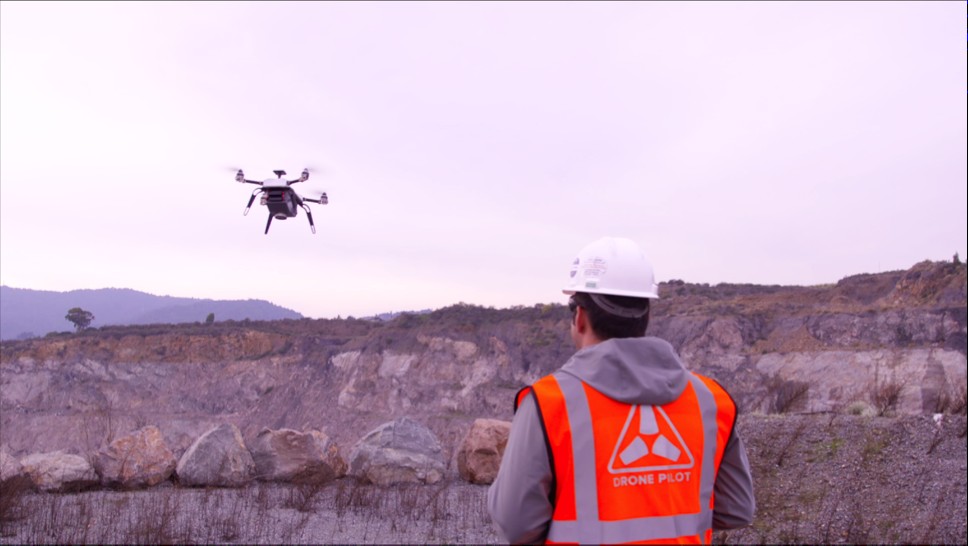

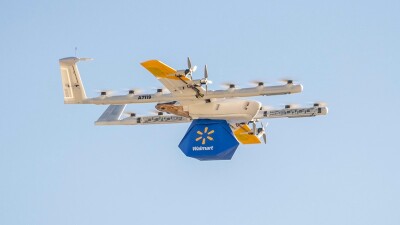
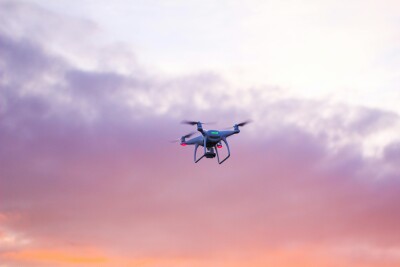

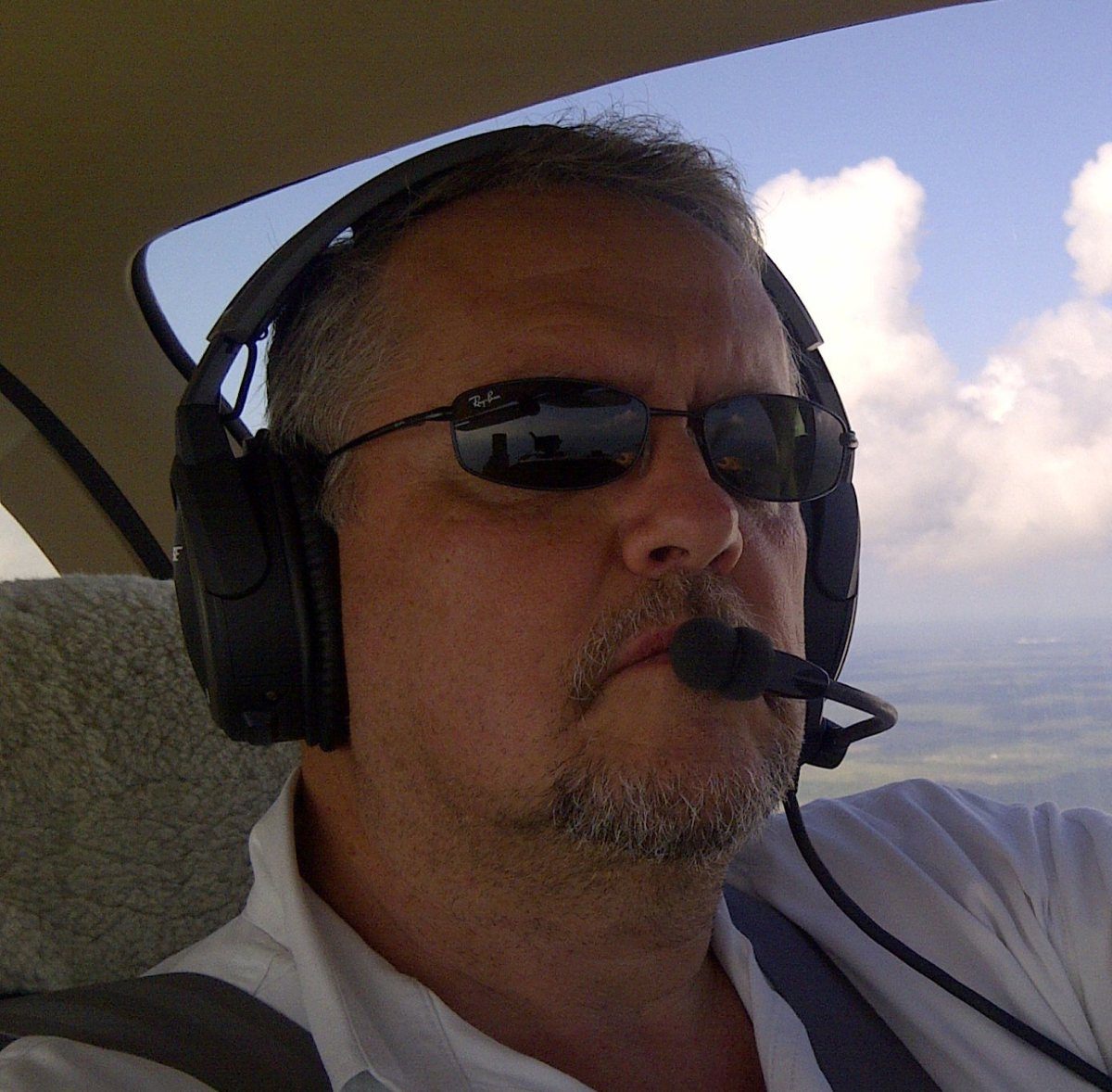






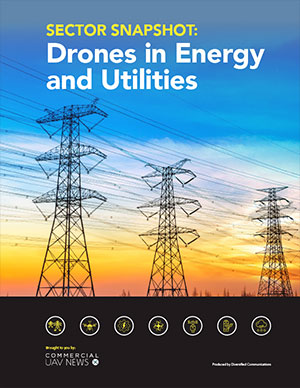

Comments